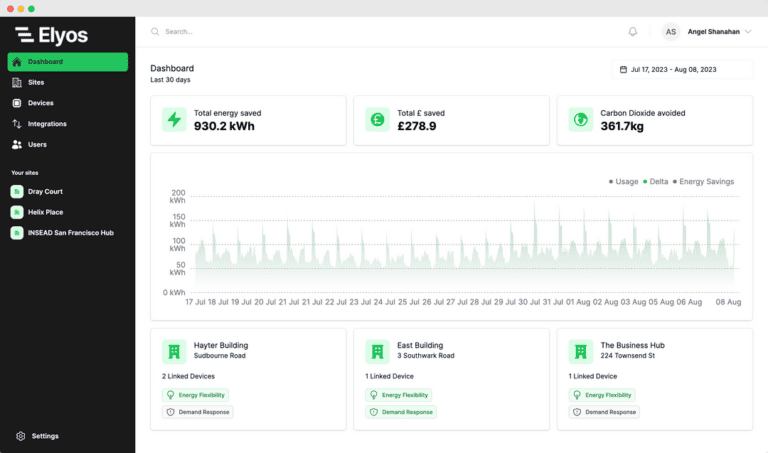HVAC Optimisation and Management
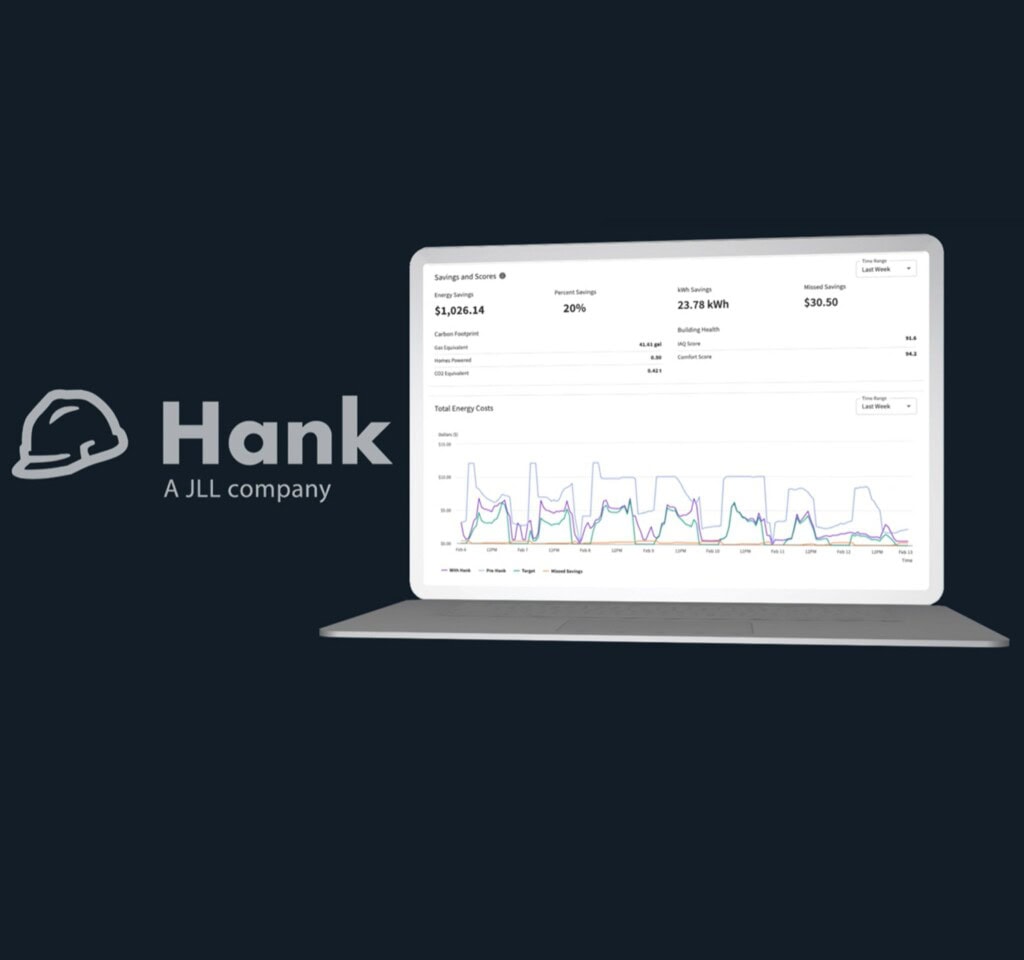
Problem Addressed
Commercial buildings are major contributors to greenhouse gas emissions, accounting for a significant portion of global energy consumption. However, managing and reducing energy consumption in these complex structures is a difficult task that requires real-time data analysis, identifying energy-saving opportunities, and implementing proactive energy management strategies.
Case Study
Hank AI was incorporated into a 125,000 square foot property in Birmingham run by Royal London to help increase the value of their assets and decarbonise their portfolio. The HVAC system was initially running on the BMS’ pre-set schedules which meant some of the plant equipment was running outside of its required demand, increasing energy consumption and maintenance time. Hank incorporated a variety of adjustments to the existing HVAC, including scheduling and zone groups to both ensure tenant comfort and reduce energy use. Hank also set up alarms to inform onsite staff of mechanical equipment problems and the software can bypass non-operational equipment if necessary. Since incorporating Hank, Royal London has realised a 21% total energy savings and a 708% ROI with a guaranteed £148,000 in annual savings. They expect an annual reduction of more than 150,000 kWh and 90,000 BTUs which will prevent 500 metric tons of carbon emissions.
Facts and Figures
This page presents data, evidence, and solutions that are provided by our partners and members and should therefore not be attributed to UKGBC. While we showcase these solutions for inspiration, to build consensus, and create momentum for climate action, UKGBC does not offer commercial endorsement of individual solutions. If you would like to quote something from this page, or more information, please contact our Communications team at media@ukgbc.org.
Related members
Related
Autonomous AI HVAC optimisation
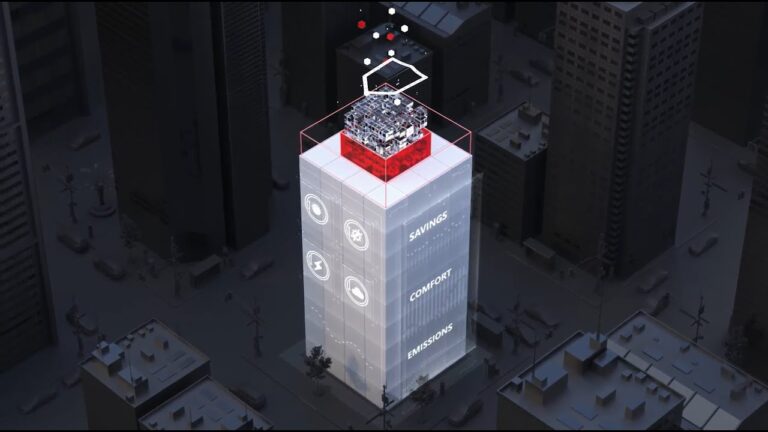
BMS agnostic building optimisation
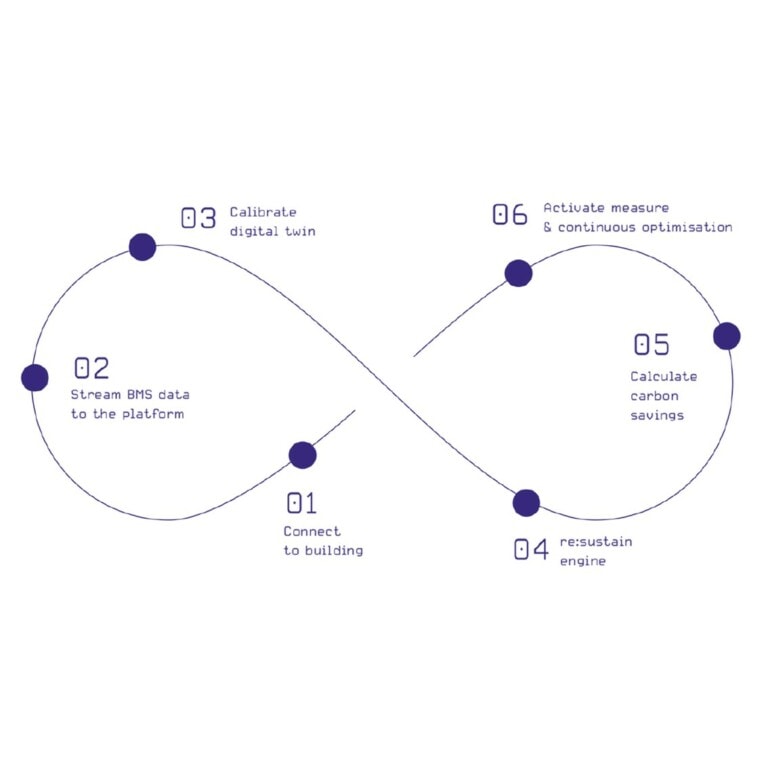
Building Optimisation Software Using AI and Digital Twins
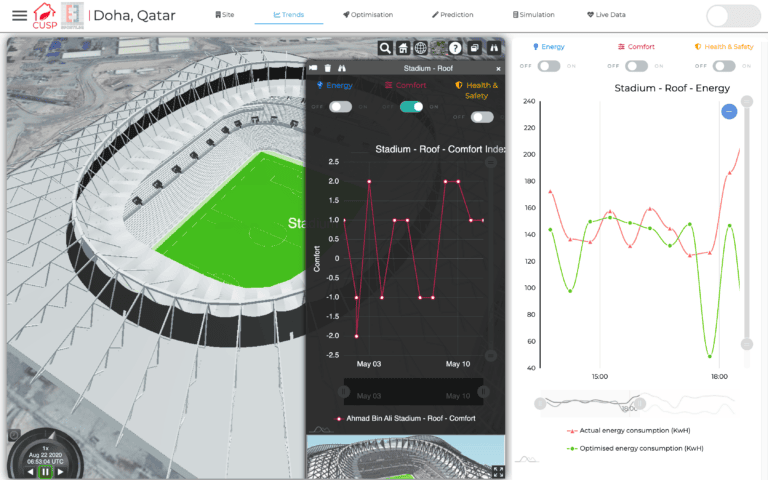
Building Optimisation and Demand Response Automation
